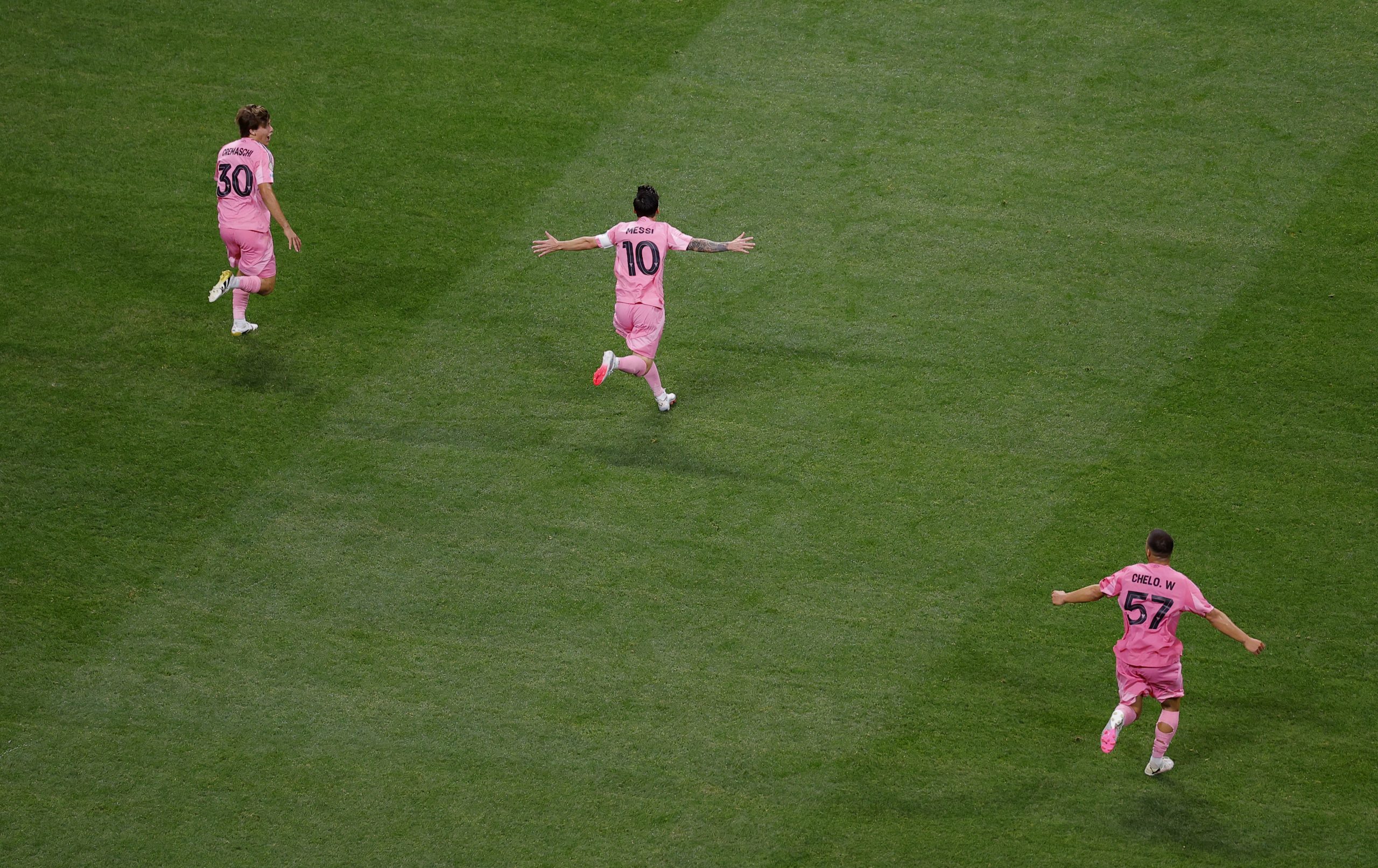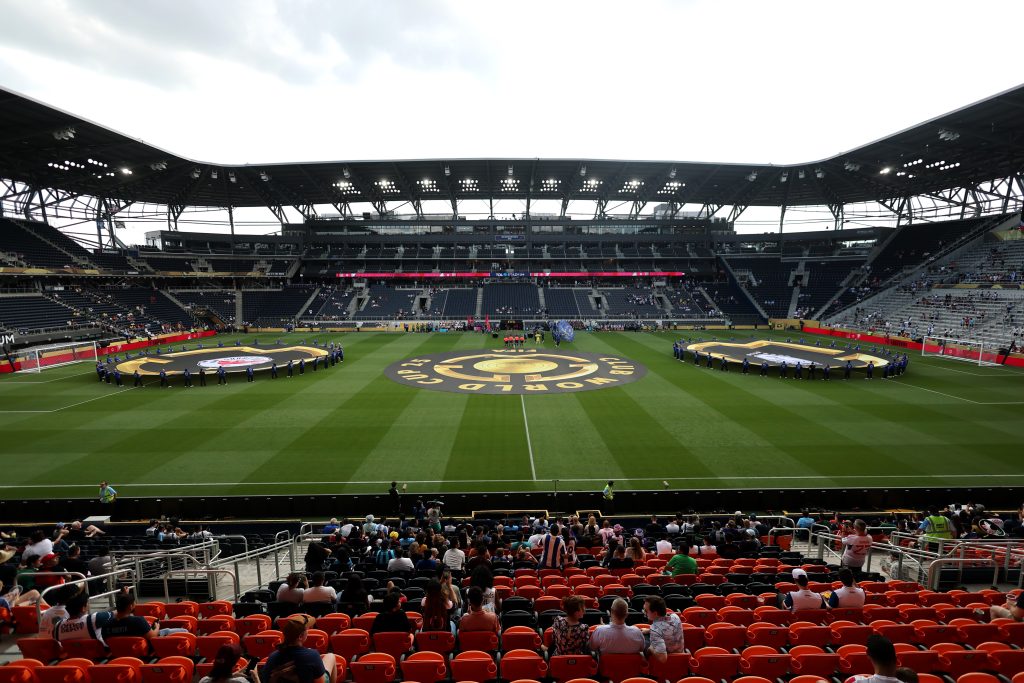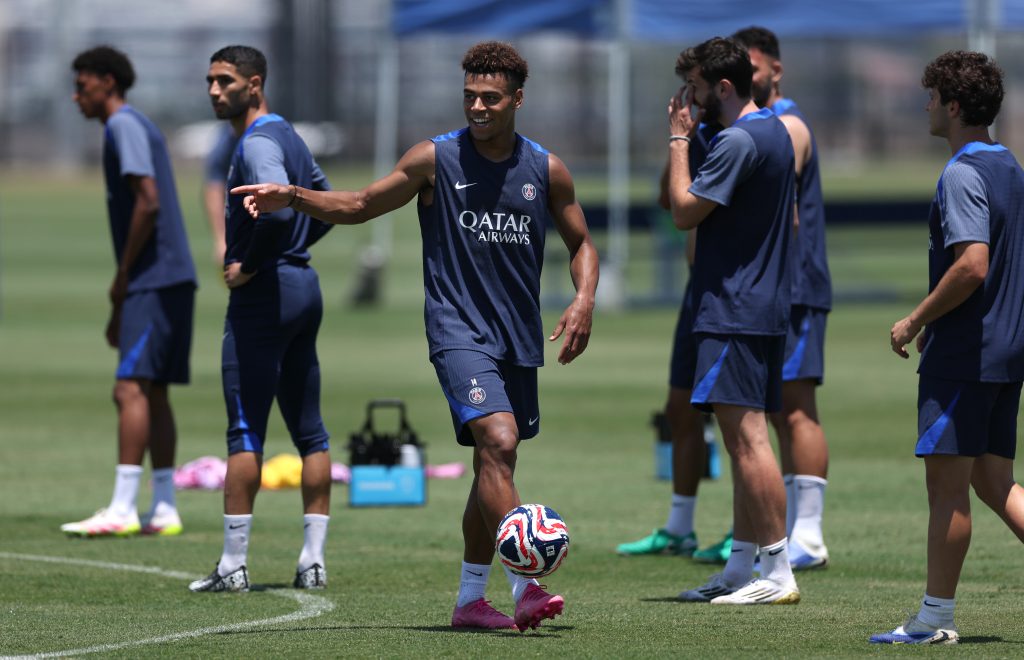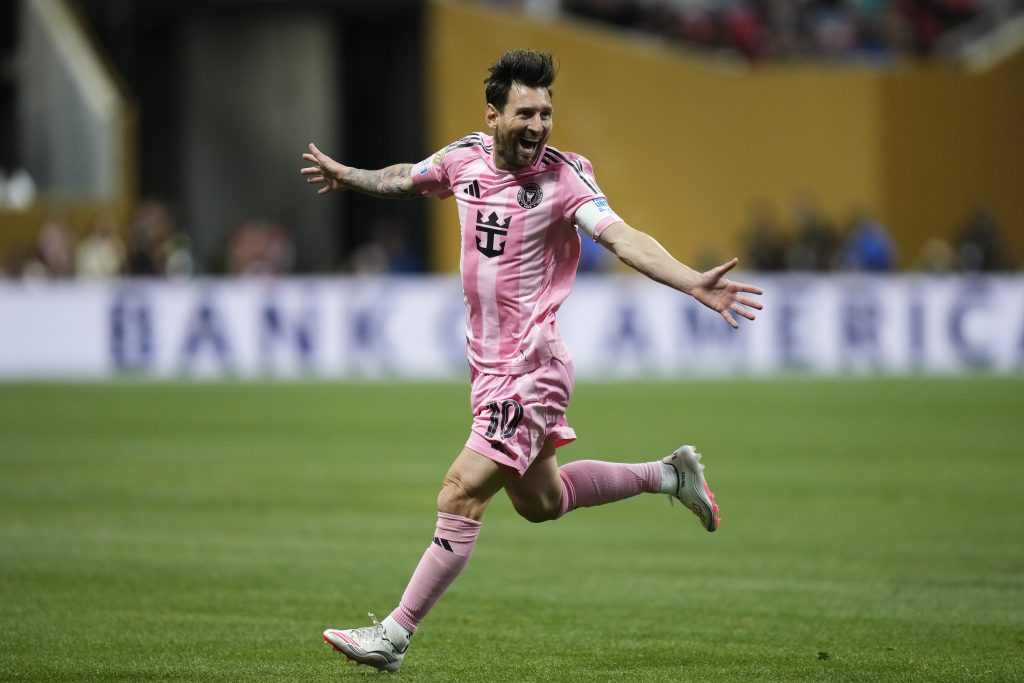> Atletico MadridBoca JuniorsSoccerFIFA Club World Cup
> Atletico MadridBoca JuniorsSoccerFIFA Club World Cup

Miami’s Hard Rock Stadium was pulsing with 60,000 souls as star attraction Lionel Messi curled in a free-kick. On the same week, Boca Juniors fans turned stands into a carnival of blue and yellow. Across the country, in Pasadena’s Rose Bowl, 80,000 pack in to see Paris Saint-Germain dismantle Atlético Madrid. The FIFA Club World Cup 2025, sprawling across 11 U.S. cities, promised a global soccer fiesta. But a week into this revamped 32-team tournament, the question lingers: Are fans actually having fun? From electric atmospheres to sweltering heat and empty seats, the mood is a mixed bag of passion, frustration, and untapped potential. Let’s dive into the highs, lows, and everything in between.
If you want to know what pure, unfiltered joy looks like, follow the South American supporters. Boca Juniors fans have turned Miami into an extension of La Bombonera, their legendary Buenos Aires stadium. Chanting “Dale, Dale Bo,” they’ve brought drums, flags, and synchronized jumping that makes the media box shake. In New York, Brazilian fans decked out in Palmeiras green and Flamengo red have created raucous, samba-fueled scenes. These supporters aren’t just watching soccer; they’re living it, transforming NFL-sized stadiums into cauldrons of South American fervor.
La más grande del mundo 🌎💙💛💙@FIFACWC | June 14 – July 13 | Every Game | Free | https://t.co/10srEQXBcn | #FIFACWC #TakeltToTheWorld pic.twitter.com/p1beSdplRJ
— Boca Juniors (@BocaJrsOficial) June 21, 2025
The numbers back up their impact. FIFA reports nearly 1.5 million tickets sold to fans from over 130 countries, with South American contingents driving much of the early buzz. At Hard Rock Stadium, Boca’s match against Bayern Munich felt like a cultural takeover, with yellow banners draped over railings meant to honor Miami Dolphins legends. In Philadelphia, 35,000 showed up for Flamengo versus Esperance de Tunis, a turnout that would make some Premier League clubs jealous. For these fans, the Club World Cup isn’t just a tournament—it’s a pilgrimage, a chance to wave their flags on a global stage.

Not every moment has been a party, though. The California sun has been a relentless opponent, especially at the Rose Bowl, where PSG’s noon kickoff against Atlético Madrid saw temperatures hit 88°F. Fans described the experience as “dangerous,” struggling to find water after being forced to ditch full bottles at entry. One supporter recounted 45-minute lines for overpriced H2O, while others swarmed misting stations like they were oases. The stadium’s usual policy of allowing sealed bottles was overridden by FIFA’s stricter rules, leaving fans parched and sunburned.
Players felt the burn too. Atlético’s Marcos Llorente didn’t mince words, saying the heat made his toes and even his toenails ache. European teams, used to milder climates, have looked sluggish in early games, adapting to midday kickoffs that cater to global TV audiences but punish those in the stands. While cooler-than-expected weather in New York has spared some fans, the Pasadena debacle has sparked online rants. For all the talk of fan zones and cultural exchange, hydration and shade are non-negotiable.

Zoom out to the bigger picture, and the optics aren’t always flattering. Social media is littered with photos of half-empty stadiums, especially for matches involving lesser-known clubs. Orlando’s Inter & Co Stadium, capacity 25,510, hosted a Mamelodi Sundowns vs. Ulsan HD game with just 3,142 fans—a turnout so sparse it became a talking point. Chelsea’s opener against LAFC at Atlanta’s Mercedes-Benz Stadium drew 22,666 in a venue that holds 71,300. Manager Enzo Maresca called the atmosphere “a bit strange,” and he wasn’t wrong.
FIFA’s pricing strategy hasn’t helped. Initial ticket costs were steep—$349 for Inter Miami’s opener in December, $100-$200 for group games, alienating casual fans. After sluggish sales, FIFA slashed prices and rolled out promotions, like Miami Dade College’s buy-one-get-four-free deal, dropping the per-ticket cost to $4 for Messi’s game. The result? Stadiums averaged 55% capacity, with a median of 45%. These massive NFL venues, built for gridiron epics, can make even 40,000 fans look like a trickle.
But raw numbers miss the vibe. Fluminense’s 0-0 draw with Borussia Dortmund at MetLife Stadium wasn’t a sellout, but the Brazilian fans were “loud and boisterous,” per reports. The 40,311 who braved Pasadena’s traffic for Monterrey vs. Inter showed up with passion. FIFA’s promise of sellouts was naive, but the enthusiasm of those present suggests the tournament’s heart is beating, even if the stands aren’t always full.
When the game doesn’t stop, the goals pour in!
— 365Scores (@365Scores) June 19, 2025
📈 Bayern’s 10-0 win over Auckland City was the game wirh the most Actual Play Time in the frist round of the Club World Cup! The Bavarians managed to score a goal every 6.4 minutes the ball was in play 🤯 pic.twitter.com/jYqAzcvneR
FIFA’s leaning hard into innovation to win over skeptics. Referee body cameras, approved by the International Football Association Board, are giving fans a front-row seat to officiating decisions, broadcast live on DAZN. VAR reviews now flash on stadium screens, demystifying calls in real time. These tweaks aim to make the game more transparent and engaging, and early feedback suggests they’re a hit. Fans at Hard Rock Stadium cheered as they watched a Messi free-kick call get scrutinized, feeling like they were part of the action.
Speaking of Messi, his presence is a trump card. FIFA’s controversial decision to hand Inter Miami a host slot—bypassing traditional MLS qualification—ensured the 37-year-old icon would grace the tournament. His free-kick winner against Porto proved he’s still got it, drawing roars from 60,000 in Miami. Critics called it a marketing ploy, but the crowds don’t lie. Messi’s every touch is a spectacle, pulling in casual fans who might not care about Al Ahly or Wydad AC. With stars like River Plate’s 17-year-old Franco Mastantuono and Bayern’s Michael Olise also shining, the tournament’s star power is undeniable.

For those without tickets—or unwilling to brave the heat—fan zones are the unsung heroes. From Miami to Seattle, these hubs offer giant screens, live music, and food stalls, turning cities into soccer festivals. In Los Angeles, supporters chant alongside Tokyo tourists and Argentine expats, swapping stories over craft brews. New York’s fan zones have seen Brazilian samba dancers and European scarf-wavers collide, creating a melting pot of fandom. These spaces aren’t just about watching games; they’re about connection, letting fans from opposite continents bond over a shared love of the sport.
The cultural mash-up is real. American tailgate parties meet Brazilian samba beats, while betting enthusiasts trade tips on match outcomes. Host cities like Atlanta and Philadelphia lean into their local flavor, with food trucks serving everything from cheesesteaks to tacos. For global fans, it’s a chance to experience U.S. culture while waving their club’s flag. The vibe is less intense than inside stadiums but no less joyful, proving the Club World Cup’s appeal extends beyond the pitch.
Following in big bro Jude’s footsteps 👣⚽️
— 365Scores (@365Scores) June 21, 2025
Jobe Bellingham bags his first goal for Dortmund and becomes the youngest English player EVER to score in the Club World Cup! 🔥🇬🇧
A new star is rising 🌟 pic.twitter.com/s4fQ6KZLR2
The Club World Cup 2025 is a paradox: a tournament of electric highs and logistical lows. South American fans are treating it like a World Cup final, their passion infectious enough to carry entire games. Messi’s magic and FIFA’s tech experiments are keeping things fresh, while fan zones are knitting together a global community. But the heat, high prices, and half-empty stadiums are real buzzkills, testing the patience of even the most diehard supporters.
Data paints a cautiously optimistic picture. With 730,000 tickets sold for the first 20 games and an average attendance of 35,525, the tournament’s drawing power is solid, if not spectacular. South American and Messi-driven crowds are the backbone, while European fans, skeptical of the month-long slog, are slower to buy in. The Rose Bowl’s water woes and Orlando’s ghost-town vibe are warning signs, but Boca’s Miami takeover and Fluminense’s New Jersey roar show what’s possible when the stars align.
For U.S. fans, it’s a warm-up for the 2026 Men’s World Cup, a chance to flex their growing soccer muscle. For global supporters, it’s a rare opportunity to see clubs like Real Madrid and River Plate clash on neutral ground. The tournament’s not perfect—FIFA’s overpromises and pricing missteps ensured that—but the fans who’ve shown up are finding plenty to love. As the group stage rolls toward knockouts, expect the noise to get louder, the stakes higher, and the party wilder. The Club World Cup’s still finding its rhythm, but when it hits, it’s a banger.
By Nicky Helfgott – NickyHelfgott1 on X (Twitter)
Keep up with all the latest football news and Club World Cup news on 365Scores!